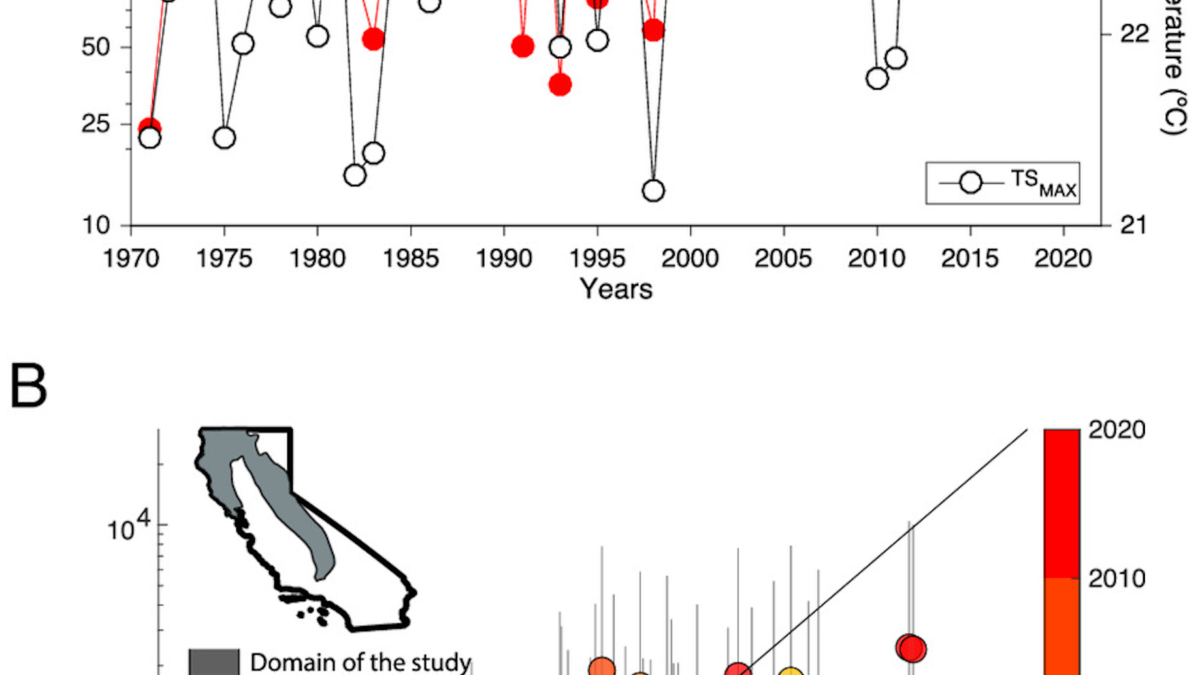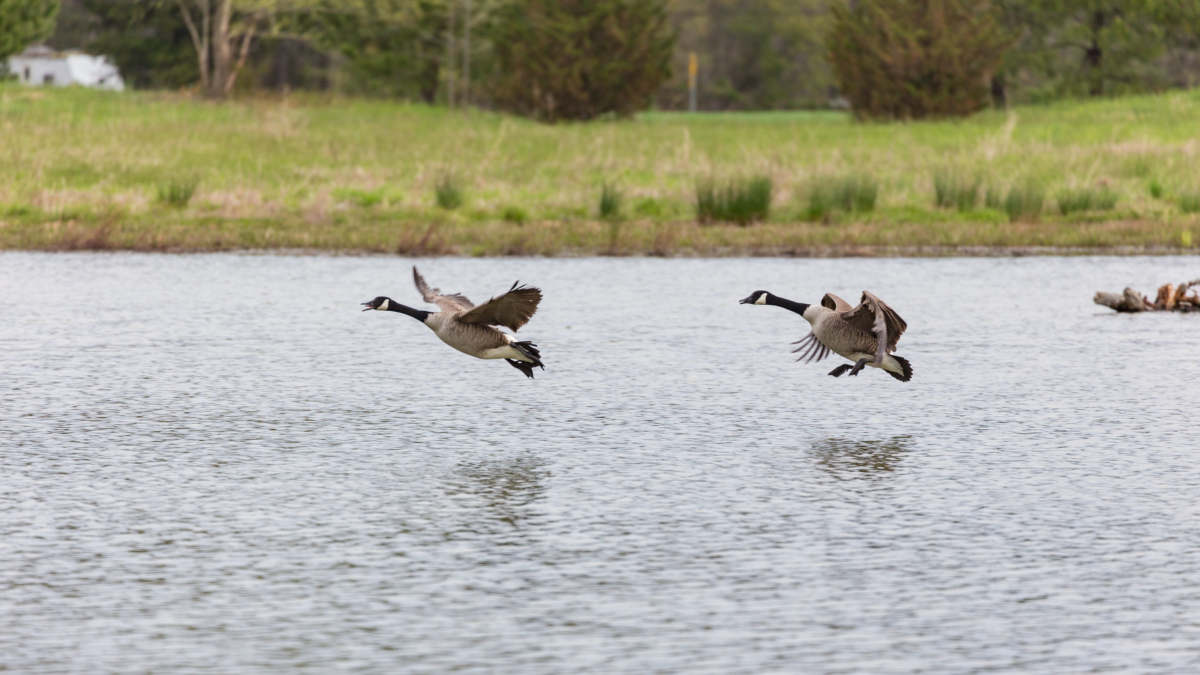Seaweed full of flesh-eating bacteria hitting Florida, creating a “perfect pathogen storm”

By Jess Thomson
30 May 2023
(Newsweek) – The massive blob of seaweed creeping across the Atlantic Ocean toward Florida may contain deadly flesh-eating bacteria.
The 5,000-mile wide clump of seaweed is made up of sargassum seaweed, which has bloomed massively to form the “Great Atlantic Sargassum Belt.”
A study from Florida Atlantic University published in the journal Water Research found that the sargassum and its accompanying floating plastic can become inundated with species of Vibrio bacteria, creating a “perfect pathogen storm.”
The researchers found that beached sargassum seaweed is home to high levels of the bacteria and that the bacteria can readily cling to the surface of marine plastic debris, which accumulates in large volumes within the mass of seaweed.

Vibrio bacteria, notably the Vibrio vulnificus species, can lead to brutal infections and even necrotizing fasciitis, leading to the bacteria being nicknamed “flesh-eating.” Vibrio can infect via eating contaminated seafood, or through an open wound on someone’s flesh, usually from seawater, according to the Centers for Disease Control and Prevention. Infected wounds may become necrotic, with the flesh itself dying and rotting.
Around 1 in 5 people with the infection die, the CDC states, usually rapidly after becoming infected. Thankfully, necrotizing fasciitis is rare: only about 0.4 people per 100,000 are infected each year in the United States.
“I don’t think at this point, anyone has really considered these microbes and their capability to cause infections,” Tracy Mincer, lead author of the Water Research paper and assistant professor of biology at FAU’s Harbor Branch Oceanographic Institute and Harriet L. Wilkes Honors College, said in a statement.
“We really want to make the public aware of these associated risks. In particular, caution should be exercised regarding the harvest and processing of Sargassum biomass until the risks are explored more thoroughly.”
The seaweed blob has only been growing: researchers at the University of South Florida’s Optical Oceanography Lab found that in March and April, the seaweed clump was estimated to contain about 13 million tons of sargassum, a record amount for that time of year. [more]
Seaweed Full of Flesh-Eating Bacteria Hitting Florida

Sargasso Sea Vibrio bacteria: Underexplored potential pathovars in a perturbed habitat
ABSTRACT: We fully sequenced the genomes of 16 Vibrio cultivars isolated from eel larvae, plastic marine debris (PMD), the pelagic brown macroalga Sargassum, and seawater samples collected from the Caribbean and Sargasso Seas of the North Atlantic Ocean. Annotation and mapping of these 16 bacterial genome sequences to a PMD-derived Vibrio metagenome-assembled genome created for this study showcased vertebrate pathogen genes closely-related to cholera and non-cholera pathovars. Phenotype testing of cultivars confirmed rapid biofilm formation, hemolytic, and lipophospholytic activities, consistent with pathogenic potential. Our study illustrates that open ocean vibrios represent a heretofore undescribed group of microbes, some representing potential new species, possessing an amalgam of pathogenic and low nutrient acquisition genes, reflecting their pelagic habitat and the substrates and hosts they colonize.
Sargasso Sea Vibrio bacteria: Underexplored potential pathovars in a perturbed habitat


